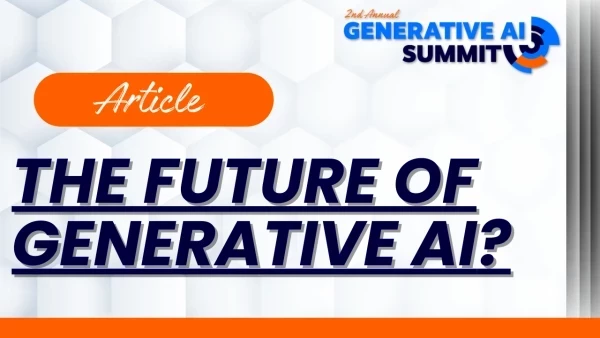Five Examples of Digital Twins
A taste of the diverse and increasingly ubiquitous world of digital twins.
Add bookmark
A digital twin is a concept that has caught the attention of many corporate leaders, futurists, policymakers and entrepreneurs in recent years. Despite tracing its roots back to the NASA Apollo missions of the 1960s, advancements in machine learning, sensor technology and modeling have meant that it is finally becoming mainstream. But what exactly is a digital twin? And how can it benefit a company or organization? From the human brain to entire metropolises, here are 5 key examples of digital twins in practice today.
Salesforce's Einstein Prediction Platform with Waylay Digital Twin
Salesforce introduced its Einstein Prediction Platform in early 2018. The platform automatically recommends actions that are recommended based on predicted outcomes such as how much revenue a company will receive based on prior sales data, or the probability of a customer defecting based on their previous behavior with the organization. Based on the platform's predictions, the system can recommend actions that can help the company reach its goals.
The Einstein Prediction Platform uses a variety of data sources to make predictions, including customer data from Salesforce CRM, data from Internet of Things devices, weather data and news feeds. Users can also add their own custom data to the system to generate more accurate predictions. The platform analyzes this complex array of data in real time and generates actionable recommendations to help users achieve their goals.
While on its own a form of predictive analytics, the system is amplified to digital twin status when it recieves the Waylay Digital Twin add-on. Waylay Digital Twin ingests data from IoT platforms, processes them according to configurable business logic, and generates alarm records in Salesforce when asset issues arise.
In short, Waylay Digital Twin creates several new Salesforce objects that provide real-time and historical information on asset conditions, which are made available within Salesforce Einstein applications to enrich them with technical asset-related problem resolution capabilities.
Boeing Digital Twins
Boeing is currently using digital twins to enhance the safety of aircraft design and manufacturing processes. The company’s “Digital Twin” technology allows engineers to predict how parts will behave under different conditions throughout the lifecycle of the aircraft. It also allows them to visualize how the part will look in different lighting conditions and identify potential issues before they occur.
Boeing’s Digital Twin technology was developed in collaboration with GE Aviation. It is integrated with other advanced technologies such as Augmented Reality and Virtual Reality, which are used to create a realistic simulation of the aircraft in a virtual environment. This enables engineers to test new parts and design concepts in a virtual setting and make changes to the design before testing them in the real world.
This reduces manufacturing time and costs by allowing engineers to make adjustments in the virtual world before prototyping a part or running a physical test in the lab.
Neurotwin
EU researchers have created a digital twin of the brain which may help predict a person's health, mental states and behaviors with unprecedented accuracy. The "NeuroTwin" project will simulate the behavior of a healthy brain based on data from MRI scans of people who have volunteered to take part in the study. It will include detailed 3D depictions of the brain's activity at multiple levels, from individual neurons to the level of entire brain areas, as well as information from wearable devices that measure factors such as heart rate and body temperature.
By knowing what's happening on the surface of the brain it is possible to identify abnormalities that were previously undetectable without the use of an MRI machine. This could help improve the diagnosis and treatment of neurological conditions such as dementia, depression, chronic pain and even psychosis. The researchers believe that a 'digital twin' model of the brain could also be used to predict a person's response to certain drugs and enable the development of new therapies by testing them on a digital replica of a patient's brain rather than in a clinical setting.
Tesla Vehicles
Similarly to aviation, the automotive industry has been experimenting with digital twins for some time now. Tesla's digital twin technology is already being used in a wide range of products, including self-driving cars, solar panels, robots and home appliances. Each product is fitted with sensors that collect data that can be used to monitor their performance and predict potential problems before they occur. These "digital copies" can be used to troubleshoot any issues and ensure that each machine is always performing at its best.
Digital twins in the mobility sector can help to improve vehicle safety and fuel efficiency, while also boosting sales and reducing maintenance costs. For example, fleet management apps can use data collected from vehicles to identify and fix any mechanical problems before they cause serious damage. By monitoring and analyzing data related to driver behavior, these apps can also help to improve road safety and reduce traffic congestion.





























